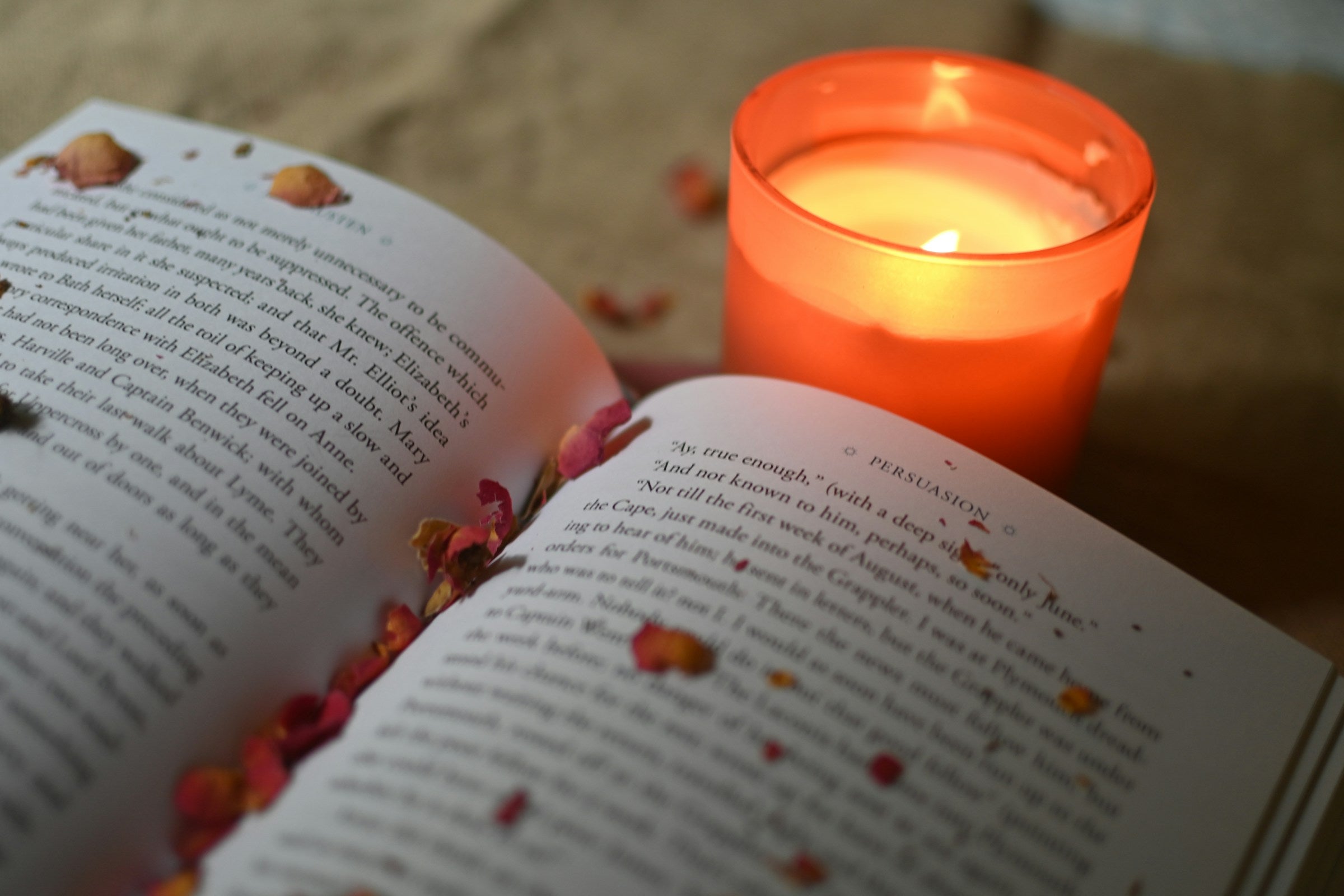Understanding Bibliotherapy
Bibliotherapy is grounded in the belief that reading can be a transformative experience. The term itself combines “biblio,” meaning book, and “therapy,” indicating a process of healing. The essence of book therapy lies in the idea that engaging with literature can help individuals process emotions, relate to experiences, and gain insights into their own lives. It encourages readers to explore different viewpoints and situations, providing a safe space for reflection and self-discovery.
The Two Branches of Bibliotherapy
Bibliotherapy is often divided into two main branches: developmental bibliotherapy and clinical bibliotherapy. Each serves distinct purposes and caters to various audiences.
Developmental Bibliotherapy
Developmental bibliotherapy focuses on the personal growth and emotional development of individuals, particularly children and adolescents. It aids in fostering social and emotional skills through literature. For example, a young person struggling with feelings of loneliness may resonate with a character facing similar challenges. This identification can help them understand their emotions better and learn coping strategies.
In educational settings, librarians and educators may introduce specific books to students dealing with issues like bullying, divorce, or identity formation. These narratives not only provide comfort but also encourage conversations about difficult topics, allowing young readers to navigate their emotions in a safe environment.
Clinical Bibliotherapy
On the other hand, clinical bibliotherapy is utilized by mental health professionals to address specific psychological conditions. This branch involves a more structured approach, where therapists recommend precise readings that align with the emotional and mental struggles of their clients. For instance, someone dealing with anxiety might be given a self-help book that outlines cognitive behavioral strategies to manage their feelings.
Therapists use novels, memoirs, and self-help books as a means to facilitate discussions, promote reflection, and empower clients to confront their feelings. By engaging with literary characters and their journeys, patients often find validation and hope in their own situations, leading to increased self-efficacy and understanding.
Therapeutic Reading: A Tool for Personal Growth
Whether through structured therapy or personal exploration, the act of therapeutic reading can be deeply enriching. Even reading on one’s own can act like a cozy book club, fostering connections with characters and themes that resonate on a personal level. The beauty of book therapy is that it allows individuals to take control of their emotional journey.
Books have a unique ability to transport us to different worlds and times, and in doing so, they provide valuable lessons and insights. They encourage readers to step back from their own lives and view their circumstances with fresh eyes. This perspective shift can be crucial in identifying patterns of thought and behavior that may have previously gone unnoticed.
Popular Genres in Bibliotherapy
Various genres serve as effective tools in the field of bibliotherapy. Here are a few popular categories:
Self-Help Books
Self-help books are designed to equip readers with practical strategies for managing their thoughts, emotions, and actions. They often cover topics such as anxiety, depression, and personal development, offering actionable steps toward improvement. These books can serve as companions in the healing journey, guiding readers toward self-discovery and resilience.
Memoirs and Personal Narratives
Memoirs and personal narratives allow readers to connect with real-life experiences and struggles. These stories often delve into triumphs and hardships, creating a sense of shared humanity. By reading about others’ journeys, individuals can feel less isolated in their own struggles, providing hope and validation for their emotions.
Fiction
Fictional literature opens a window into diverse perspectives and imaginative experiences. Authors often tackle complex themes such as love, loss, and identity within their narratives, allowing readers to reflect on their own lives. Engaging with fiction can stimulate empathy and understanding, which can be particularly therapeutic in processing one’s own experiences.
The Process of Engaging in Bibliotherapy
Engaging in book therapy can be approached in several ways, depending on individual preferences and needs. Here’s how you can incorporate bibliotherapy into your life:
- Choose Your Books Wisely: Start by selecting books that resonate with you. Do you want to explore feelings of loss, anxiety, or personal growth? Look for titles that reflect those themes. You can also seek recommendations from therapists, educators, or bibliotherapy professionals.
- Reflect and Journal: As you read, take time to reflect on the material. Consider keeping a journal where you can jot down your thoughts and feelings about the reading. This practice enhances self-awareness and helps to process emotions that arise during your reading journey.
- Discuss with Others: Consider sharing your reading experiences with friends or participating in a book club. Engaging in discussions about literature can deepen your understanding and provide diverse perspectives. Conversations about characters and themes can often lead to insights about your own life.
- Seek Professional Guidance: If you’re interested in a more structured approach, consider seeking guidance from a therapist trained in bibliotherapy. They can help tailor a reading list specific to your needs and facilitate discussions around the material.
Conclusion
Bibliotherapy, or book therapy, is a powerful tool for emotional well-being, connecting readers with literature that inspires reflection, healing, and personal growth. Whether through developmental or clinical bibliotherapy, the impact of engaging with books can be profound. With the right approach, reading can become a therapeutic journey, offering new perspectives and fostering self-efficacy.
If you're interested in exploring bibliotherapy further, consider enhancing your knowledge through the Modern Bibliotherapy Certifying Training Course. This course will provide you with the tools to understand and implement book therapy in your own life or practice. Embark on a journey of healing—one page at a time!







Leave a comment